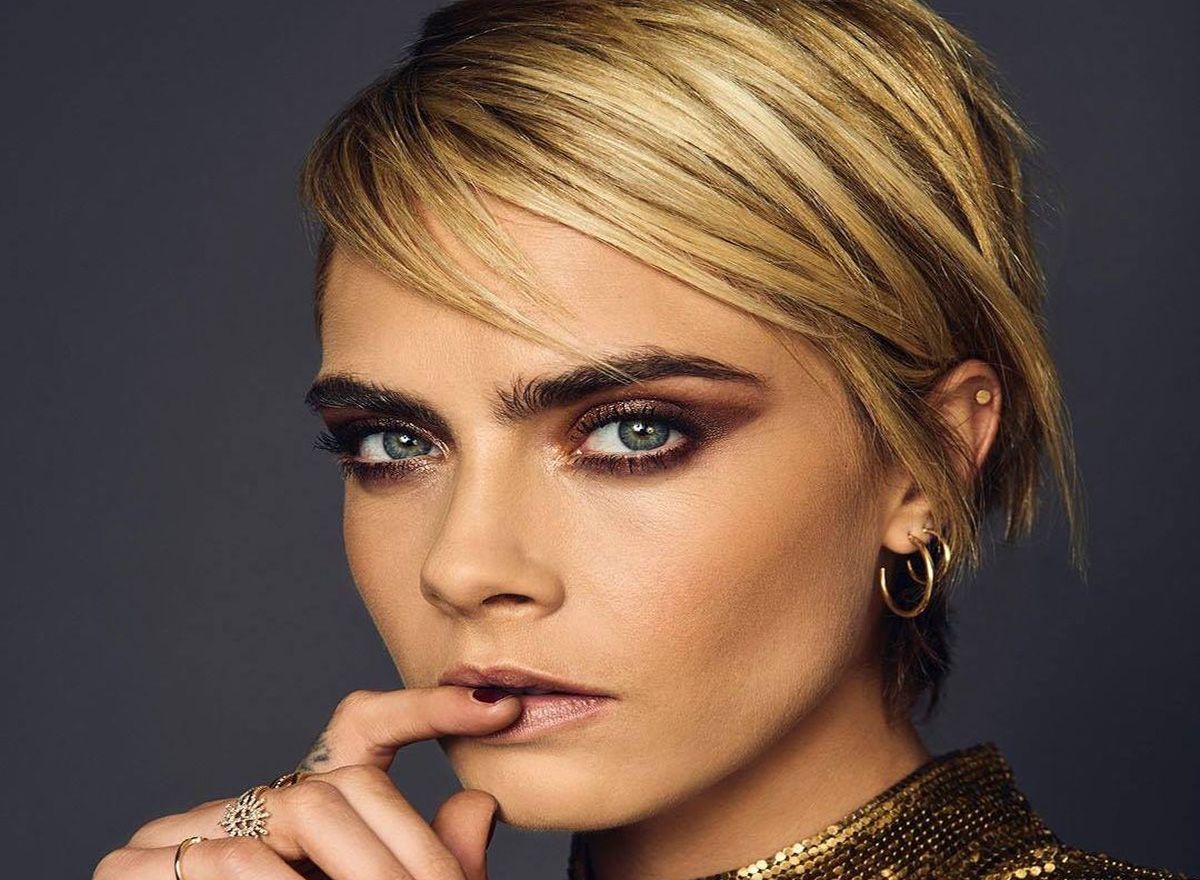When it comes to expressing our uniqueness, most women place a high value on the appearance of their eyebrows. The time, effort, and money spent on plucking brows, waxing, threading, and filling them in indicates this fact—and trends in eyebrow fashion change, and so do individual preferences. Therefore, permanently tattooing them on is not the most excellent option, especially for those who do not want to make a lifelong commitment.
Further, unplucked, natural eyebrows in all their glory are currently enjoying popularity. In addition to protecting our eyes from sweat and pollution, natural, thick eyebrows help us look younger and convey an ageless beauty. For this reason, microblading has become a popular beauty treatment among modern women: it provides flawlessly formed eyebrows with minimal effort. Microblading also offers the advantage of producing a result that looks completely natural. Is microblading the best option for you? This guide will give you all the necessary information before booking your brow appointment.
What Exactly Is Microblading?
Microblading is a form of eyebrow architecture, as explained by Suman Jalaf of SumanBrows Beauty Atelier, an eyebrow and microblading expert, in an interview with Elle Magazine. The goal is to design a facial profile that complements each individual's features.
A tool similar to a pen is utilized, with the nib consisting of 10 to 12 tiny needles that don't pierce the skin but instead lightly scrape the surface like a paper cut, allowing for pinpoint accuracy. Fine, realistic, and natural hair strokes are implanted with medical-grade pigment in the epidermal layer of the skin using a very fine needle.
Microblading, in contrast to tattooing, does not affect the dermal layers but rather the epidermis and the upper layers of the skin. The hue will fade after a year, which is not long-lasting. The hair strokes created using this approach are notably more lifelike and delicate than those made by any tattoo due to the use of a handheld needle or blade.
A deep-penetrating electrical instrument is not required for this technique. As a result, you will hear more of a scratching than a tattoo gun's typical buzzing sound when it deeply punctures the skin.
Most people believe that microblading stunts the growth of their hair; however, this is not the case. In the hands of a trained professional, microblading should have no adverse effects on your hair's average growth.
Choose Your Microblading Artist Wisely, As Their Work Can Improve Or Hurt Your Appearance
Please go with someone other than the first person who says they can do microblading perfectly. There are a few crucial considerations to remember when conducting artist research, and safety is of the utmost importance.
Speaking to Dermstore.com, Liz Carey, Esthetician, and owner of Mascot Aesthetic, mentions the importance of safety. 'Everything I use is 'one-time use' and completely disposable," explains Carey. Before booking your appointment, find out this safety-specific point to ensure a cleaner, more successful experience.
Carey suggests checking an artist's work, credentials, and general hygiene. There should be before and after shots and images of the patient after they have healed. If you want an excellent microblading experience and to avoid any complications, you should hire a professional artist.
If done correctly, microblading can last up to two years. Correctly performed, microblading can last between 12 and 24 months (depending on skin and lifestyle). The pigment could move deeper into the skin and become permanent if the procedure is performed poorly.
Furthermore, you should know that microblading is a very pricey service. And there is a transparent pricing difference by location and demographics. You should hunt for and invest in an artist who specializes in your desired style.
Recovery Time and Following After-Care Instructions
It's best to avoid strenuous exercise, which can lead to excessive perspiration, submerging your face in the water, be it when swimming or taking a bath, and putting any makeup on your brow while it's healing.
Apply a barrier cream, ideally one that was suggested to you by your artist. In about a week or two, your eyebrows will begin to look lighter, flakier, and faded from their previous dark, full appearance. This change is quite normal. In about 30 days, they'll have taken on their final hue and form for good.
After the initial, complimentary touchup, you should get a touchup once a year to keep the color appearing fresh and new, and this follows the initial polishing performed. The progressive breakdown of pigments as they are metabolized out of your body by your body is one of the internal variables contributing to natural fading.
Other external factors that contribute to natural fading include prolonged exposure to the sun. The aging process can be experienced differently by each individual, primarily due to skin type and lifestyle factors.
Furthermore, applying some product formulations near the area will reduce your new brows' longevity- including treatments that exfoliate or accelerate our cell turnover rates, such as Retinols and AHAs. You should avoid putting these on your brows if you want them to last as long as possible.

